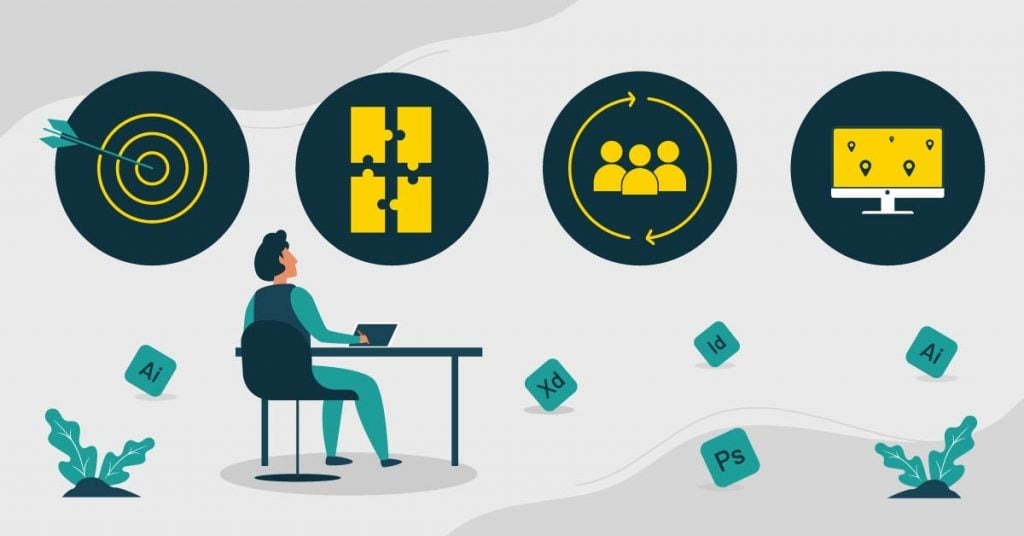In the world of design, there are four main types of design that encompass various aspects of visual and structural elements. These types of design are essential for understanding the purpose and function of a design element and its impact on the overall aesthetic and usability of a product or space. In this blog post, we will explore the four types of design and their significance.
1. Product Design:
Product design is the process of creating and developing new products, considering both the function and appearance of the item. It involves several stages, including research, ideation, design, development, and testing. The goal of product design is to create a new product that meets customer needs and drives business success. Some key aspects of product design include:
- Focusing on user needs
- Considering the environment and sustainability
- Exploring various ideas and design concepts
- Developing detailed plans and prototypes
- Testing the product for functionality, safety, and user experience
2. Environmental Design:
Environmental design is the process of creating spaces that integrate architecture, engineering, interior design, and natural systems to provide a comfortable and sustainable environment. It aims to minimize the negative impact on the environment and enhance the quality of life for users. Key aspects of environmental design include:
- Understanding environmental principles
- Creating a site plan
- Designing for sustainability
- Integrating architecture and natural systems
- Considering user needs and experiences
3. Interior Design:
Interior design is the process of creating and developing the interior of a space, focusing on the functionality, aesthetics, and user experience. It involves selecting and arranging furniture, finishes, lighting, and other design elements to create a harmonious and aesthetically pleasing environment. Some key aspects of interior design include:
- Focusing on user needs and desires
- Creating a comprehensive design plan
- Selecting and arranging furniture and other design elements
- Considering lighting and acoustics
- Collaborating with other professionals, such as architects and contractors
4. Graphic Design:
Graphic design is the process of creating visual communication materials, such as logos, brochures, posters, and websites. It involves the use of typography, images, colors, and layout to convey a message and create a lasting impression. Key aspects of graphic design include:
- Solving visual problems
- Developing design concepts and ideas
- Creating original graphics and layouts
- Collaborating with clients and stakeholders
- Staying current with design trends and technology
5. Conclusion
The 4 types of design – product, environmental, interior, and graphic – play a crucial role in shaping our world, from the objects we use daily to the spaces we inhabit. By understanding these types of design and their significance, we can appreciate the impact of design on our lives and make more informed decisions when it comes to creating and using designed objects and spaces.

